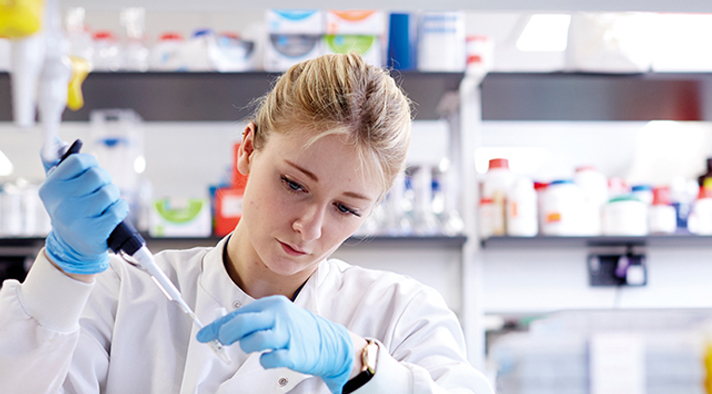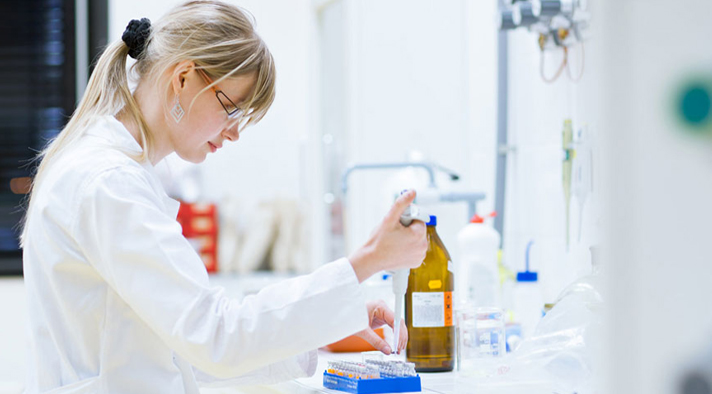The development of self-healing materials for bio-interface recording applications represents a translational approach to addressing the challenges of durability, biocompatibility, and performance stability in biomedical devices. This study presents the design, fabrication, and evaluation of self-healing materials tailored for bio-interface recording systems. By integrating dynamic chemical bonding and supramolecular interactions, the proposed materials exhibit autonomous healing capabilities under physiological conditions, ensuring prolonged operational lifespan and reliability. The mechanical properties of these materials are optimized to mimic biological tissue, promoting seamless integration with soft, dynamic biological environments. Additionally, the electrical and electrochemical properties are fine-tuned to maintain signal fidelity for high-resolution recording. In this work, we will review the soft materials and their mechanisms for self-healing phenomenon, which are essential parts of materials design. Then, we will discuss about potential design of self-healing conductive materials. Based on this, we review the materials' ability to recover from mechanical damage without compromising functionality, providing a robust platform for long-term electrophysiological monitoring. These advancements pave the way for next-generation bioelectronic devices that are resilient, adaptive, and compatible with the complexities of living systems.
ISSN: 2582-6425
Peer Review and Open Access Journal
Impact factor and Indexing Journal




